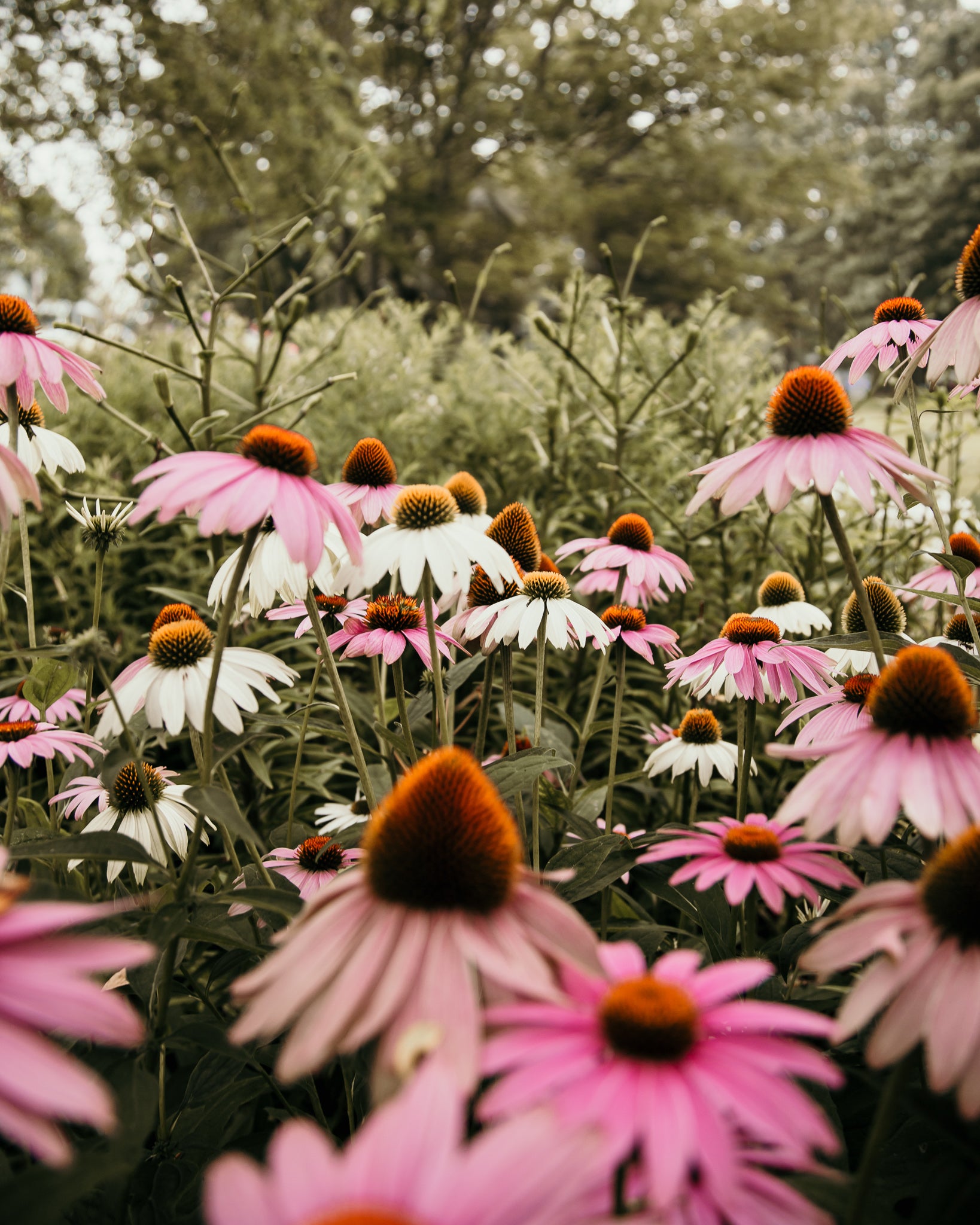
There is snow on the ground but for many homesteaders it’s time to start thinking about this year’s garden plans already. As I browse through the gorgeous seed catalogues, I make my list of all the things I want to grow to feed my family. But there is someone else that I also need to consider feeding…the pollinators. Keep reading to learn more about these amazing animals and how to design the perfect pollinator garden.
Who are pollinators?
Pollinators are animals that move pollen from the male structure of flowers to the female structure of the same type of flower. This in turn fertilizes the plant so that it can produce seeds or fruit which ensures a new generation of the plant will grow. The most common pollinator that typically comes to mind is the honey bee. However, there are several other species that pollinate such as native bees, butterflies, bats, birds, beetles, flies, moths, wasps and more.
Why are pollinators important?
Pollinators are essential for a healthy ecosystem. Though they are not required for the reproduction of all crops, they are responsible for much of the food we eat (about 1 out of every 3 bites). Sadly, our pollinators are at risk. Populations are decreasing due to habitat loss, disease, invasive species, and pesticide use. As stewards of the land, homesteaders should consider implementing pollinator gardens to provide support for these vital animals.
What is a pollinator garden?
A pollinator garden is primarily made up of flowers that provide nectar or pollen for pollinators. A good pollinator garden will provide shelter, water, and food for a variety of pollinators throughout the growing season.
Here is everything you need to know about designing and growing the perfect pollinator garden.
Choose the right plants
The plants that you choose for your pollinator garden matter. Select locally grown, native, non-invasive plants. This can include everything from trees, shrubs, vines, to perennials flowers, herbs, and even fruits and vegetables.
Select a variety of sizes, shapes, and colors to attract and supply food for a wide range of pollinators. Plant for continuous blooms throughout the growing season from early spring through autumn. This will support pollinators at all stages of life. Don’t forget about night blooming flowers, like Evening Primrose, for nocturnal pollinators such as bats and moths.
Plant in groups or clusters so that pollinators can work more efficiently.
Since plant options will vary by region, I suggest that you reach out to your local cooperative extension office for advice on what to grow in your specific area.
Here in Maine, some great choices for a pollinator garden are Cone Flowers, Milkweed, Beebalm, Elderberry, Aster, Crocus, and Salvia.
Choose the Best Location
Don’t be intimidated by the idea of planting a huge garden. Pollinator gardens can be any size! If you don’t have a large yard with a ton of space, don’t worry. You can plant these gardens in containers on a small balcony or even in a window box. No matter the size, you should try to plant them in a sunny location. Ideally in a spot that gets 6-8 hours of sunlight per day.
This should also be somewhere that is protected from large gusts of wind that can knock pollinators off course.
Provide water
Pollinators also require water. If you don’t have a natural water source nearby, provide one that is shallow and has sloped sides for easy access. Allow rain water to collect in mud puddles to provide important minerals for butterflies.
Provide habitat
The perfect pollinator garden should also provide additional habitats for pollinators to use for nesting and larvae. Leave patches of open soil for ground nesting bees. Provide nesting materials like decaying wood and leaves. You can even make homemade nesting boxes or purchase one like this (affiliate link) to supplement natural habitat.
Pesticide Use
How to Design the Perfect Pollinator GardenMinimize or eliminate use of weed killers and pesticides. Use less toxic or organic methods to control pests instead. Also, opt for organic material, like compost, to amend soil instead of chemical fertilizer.


